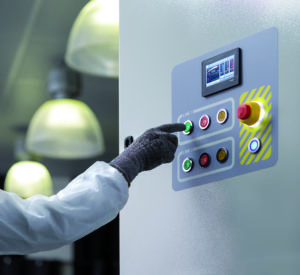Consider three trends:
- Recent extreme weather events that left thousands without electricity for days
- Willingness to reduce dependency on imported fossil fuels by switching to local renewable energies
- Desperately slow progress of electrification that makes new approaches to it mandatory
These trends have brought the so-called microgrids back into the spotlight. A type of electrical grid that involves integrating smaller, self-generating grids, they are integrated energy systems that interconnect Distributed Energy Resources (DER). Under this term are controllable loads, generation that can come from renewables, and other disruptive technologies such as batteries and electric vehicles. Microgrids comprise elements such as energy storage, Heating, Ventilation, and Air Conditioning (HVAC), factories that operate using their own photovoltaic generation, wind power, and residential consumers themselves. The combination of these controllable loads, local generation, and storage points can substantially reduce transmission losses thanks to their close proximity to end users.
Microgrids can be permanently or temporarily isolated from the main grid and supply themselves with their own energy at particular times. In the event of main grid supply failure, for example, microgrids can maintain supply internally by carrying out load shedding of specific resources, if needed, to maintain their balance.
In addition to operating independently, microgrids can operate in parallel with the main grid. The consequence of this flexibility is smarter energy management: local power generation can be managed in line with local demand, minimizing exchanges at the point of connection between microgrid and grid, and thereby freeing grid resources.
Although microgrids are conceptually similar to large grids, their small size makes them prone to instabilities. For example, whereas in the main grid the largest generation asset represents less than 3 percent of total generating capacity, in a microgrid it might be more than 20 percent. This makes resilience to its loss much more difficult to achieve. With a large share, if not all, of its generation being variable renewables, such as wind or solar, a smart microgrid based on four basic pillars becomes necessary: a smart network, smart operations, smart metering, and smart generation. Thanks to sensors and automation, a smart network is flexible and provides the control mechanisms required to improve load distribution or effectively accommodate changes in the network in milliseconds. Smart metering delivers real-time information about consumption and trends. Smart generation contributes to overall stability thanks to ancillary services. Smart operation is the conductor that enables all of these new elements to work together, thanks to forecasting and overall optimization, and to integrate into the traditional grid.
With those four pillars in a subset of the main grid, a utility and its networks will see reduced energy losses, improved service quality, strengthened resiliency, higher renewable penetration, and might even be able to defer some investments in substations and network reinforcement.
For microgrids to successfully operate as off-grid entities, their implementations must fully apply those concepts and controls. Boiled down, useful microgrids require two main ingredients: the management of demand and a dynamic approach to overall system configuration.


